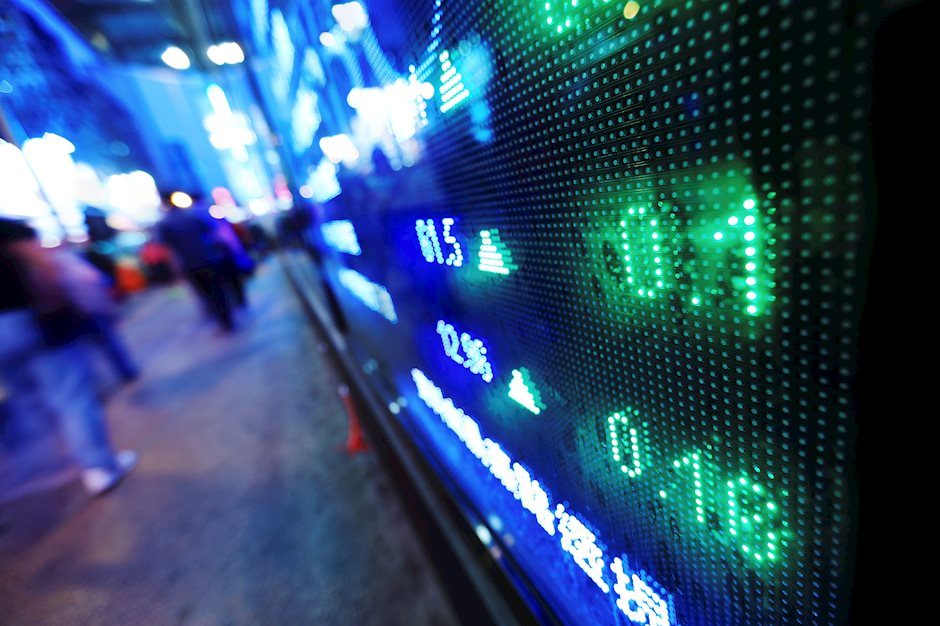BP Q2 profits prompts a $3.5bn buyback

Since reporting its Q1 numbers back in May, the BP share price has traded sideways, although they did touch 2-year highs back in June, at around the same time that we saw a short-term peak in oil prices.
Since those short-term peaks, the oil and gas sector has had to deal with the imposition of a windfall tax on their UK profits by the UK government due to the rise in oil and gas prices delivering a dividend in the form of higher-than-expected profits.
As we saw with Shell last week this boost in prices has proved to be a boon for oil and gas margins, however it also can’t hide the wider implications of the longer-term challenges facing the sector as these big oil majors make the transition towards renewables.
The unexpected bonus of higher profits has been a significant benefit to BP, which has undergone significant challenges over the past 12 years, after the events in the Gulf of Mexico, and which it is still paying for. Today’s Q2 numbers are no different, given the level of losses the business has had to absorb over the past few years.
Its exposure to Russia saw it write down the value of its Rosneft stake in Q1 by $29bn, pushing the company into a loss for the quarter of $20bn.
Putting to one side the effect of the Q1 write down, which saw it post a quarterly loss, the underlying business performed well as underlying profits rose from $2.63bn a year ago to $6.25bn.
Today’s Q2 numbers have seen BP build on the numbers in Q1, with another set of record numbers, posting underlying replacement cost profits of $8.45bn, beating expectations of $6.73bn.
Profit attributable to shareholders in Q2 was $9.3bn, equating to a H1 loss of $11.1bn when the Rosneft impairment is included.
Nonetheless this is still a sizeable beat and has seen BP follow in Shell’s footsteps in announcing a sizeable $3.5bn share buyback, as well as a 10% increase in the dividend to just over 6p a share.
Net debt has also fallen back, down to $22.8bn, a huge fall from where it was a couple of years ago, when it was over $50bn, and down from $27.5bn at the end of Q1. In pure gearing terms though it is still quite high relative to its peers.
The main outperformance came from its oil production and operations which saw adjusted profit before tax and interest rise to $5.9bn, comfortably beating the performance of Q1. Its gas and low carbon energy division saw profits of $3.1bn, slightly down from Q1, but illustrating how important these areas of the business are in terms of cashflow.
Despite the better-than-expected return for Q2 BP said it is sticking to its capex target of $14bn to $15bn for this year, with $5bn of that a year going into low carbon energy. The company has spent $5.8bn in capex so far this year, with $2.8bn of that in Q2.
$823m of that spending came in its gas and low carbon energy division, $681m of which was spent on gas, and $142m of which was on low carbon energy. Year to date BP has spent a total of $361m on low carbon energy.
This continues to show how little is being spent on renewables, relative to oil and gas, and while this is likely to be used as a stick with which to beat BP, it also highlights the challenges the sector is likely to face as it transitions away from the currently more lucrative business of oil and gas production.
BP still says it expects energy transition spending to increase to around 40% by 2025.
The imposition of the targeted energy profits levy of 25% will be on top of the 40% headline rate the main oil and gas companies already pay on their UK profits and has resulted in BP taking a one-off $800m tax charge in its Q3 numbers.
Author

Michael Hewson MSTA CFTe
Independent Analyst
Award winning technical analyst, trader and market commentator. In my many years in the business I’ve been passionate about delivering education to retail traders, as well as other financial professionals. Visit my Substack here.

















